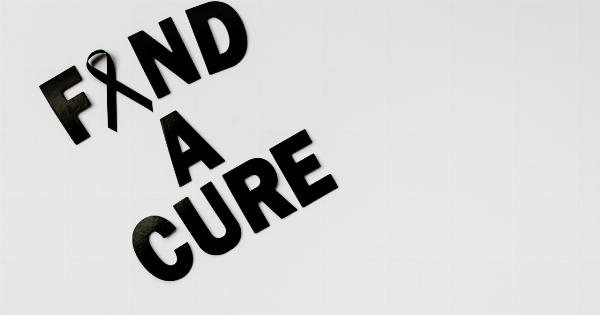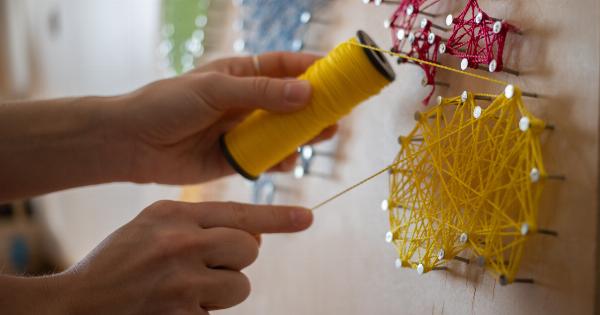Cancer is a devastating disease that affects millions of people around the world. It can manifest in various forms, and early detection plays a vital role in successful treatment and improved chances of survival.
While common symptoms and screenings are well-known, it may come as a surprise that our nails can also provide significant clues in recognizing the presence of cancer.
The Anatomy of Nails
Before delving into the specific nail abnormalities associated with cancer, it is important to understand the basic structure and function of nails.
Nails are composed of a protein called keratin and grow from the matrix, which is the area at the base of the nail. As the cells in the matrix multiply, they push older cells towards the fingertip, forming the nail plate.
Color Changes
One of the telltale signs of cancer that can be observed in nails is a change in color. While it’s normal for nails to have slight color variations, significant changes may indicate an underlying health issue.
In some cases, nails may appear pale or whitish due to anemia, which can be a symptom of certain types of cancer. Yellow discoloration, on the other hand, might point towards the presence of liver or thyroid disorders.
Clubbing
Clubbing is a condition characterized by the enlargement or rounding of fingertips and nails. This abnormality may be an indication of lung cancer or other respiratory disorders.
It occurs due to the reduced amount of oxygen in the bloodstream, leading to changes in tissues beneath the nails.
Pitting and Grooves
Pitting is a term used to describe small depressions or indentations on the nail surface. These tiny pits can be seen in various types of cancer, such as skin, lung, and breast cancer.
Similarly, the presence of grooves or ridges running from the base to the tip of the nail could suggest a more serious underlying condition.
White Spots or Bands
Many people experience the appearance of white spots on their nails, often caused by minor traumas or fungal infections. However, in some cases, these spots or bands might indicate something more severe.
Leukonychia, the medical term for white discoloration, can be a sign of arsenic poisoning or even kidney, liver, or heart conditions, including cancer.
Beau’s Lines
Beau’s lines are horizontal depressions or grooves that traverse the nails. They are commonly associated with chemotherapy, but they can also be a result of infections or acute illness.
These lines indicate disruptions to the growth of the nail as a result of the body diverting resources towards fighting diseases like cancer.
Onycholysis
Onycholysis refers to the separation of the nail from its underlying bed. While this condition can be caused by mechanical trauma or fungal infections, it can also indicate the presence of skin cancer.
When a melanoma tumor develops in the nail matrix, it can lift the nail plate, resulting in onycholysis.
Koilonychia
Koilonychia, also known as “spoon nails,” is characterized by nails that are concave or appear scooped out.
Although it can be a hereditary condition, koilonychia can also be a warning sign of iron-deficiency anemia or hemochromatosis, both of which have links to certain types of cancer.
Brittle Nails
While brittle nails are often associated with external factors such as exposure to excessive moisture, chemicals, or frequent use of nail enhancements, they can also be indicative of an underlying medical condition, including cancer.
Certain cancers, such as lung and thyroid cancer, can affect nail health, leading to nail fragility and breakage.
Paronychia
Paronychia refers to the infection of the skin surrounding the nail. Apart from bacterial or fungal causes, paronychia can also signify an immune system disorder, which might be associated with leukemia or lymphoma.
It is important to identify the root cause of paronychia through medical examination to rule out any underlying serious conditions.
Conclusion
Nail abnormalities can provide valuable insights into a person’s overall health and can be an early warning sign of various conditions, including cancer.
Although abnormalities in the nails do not necessarily guarantee the presence of cancer, they can prompt further investigation or medical consultation. Being aware of these warning signs and promptly seeking medical advice can contribute to early cancer detection, leading to better treatment outcomes and increased chances of survival.





























